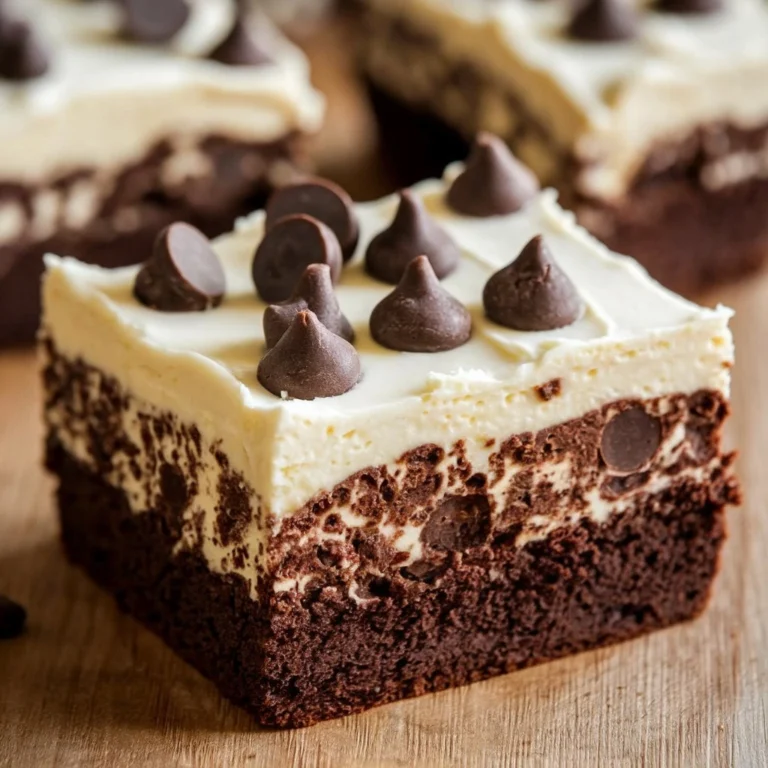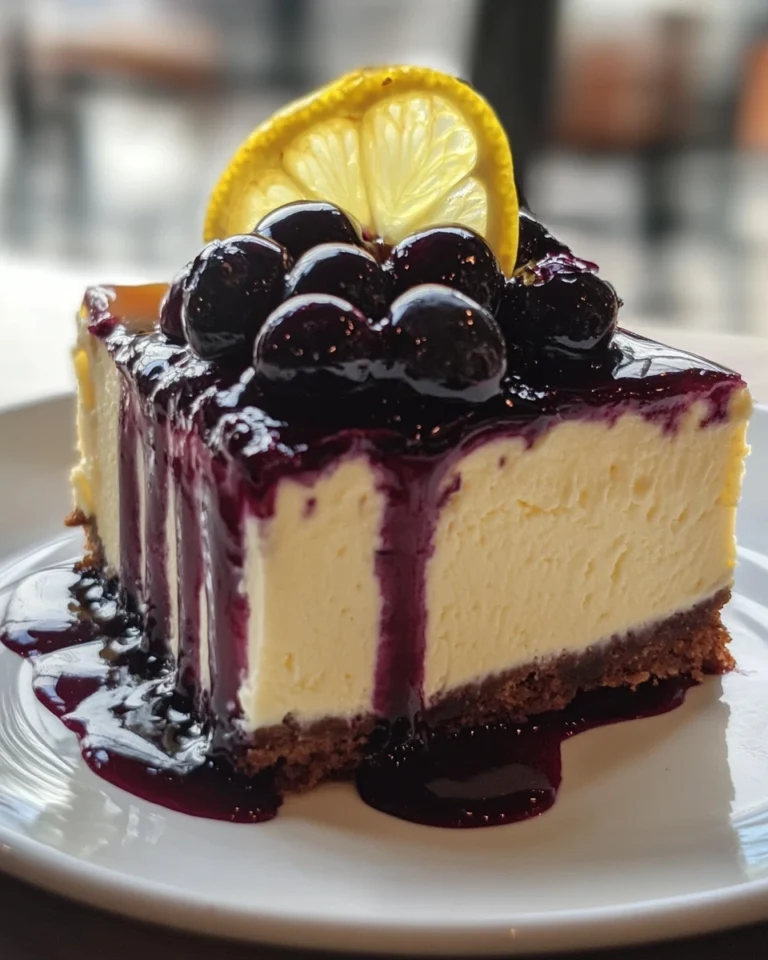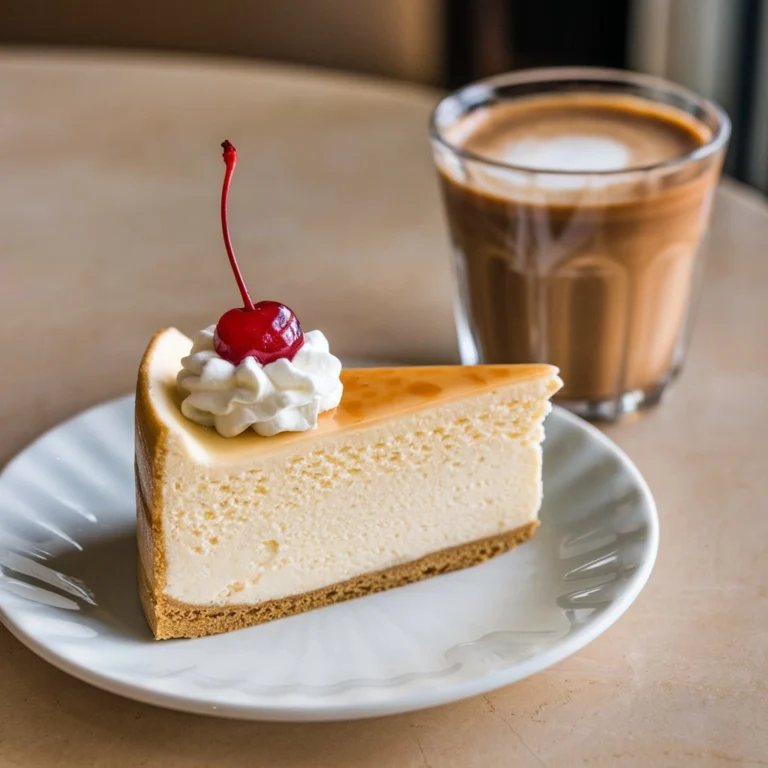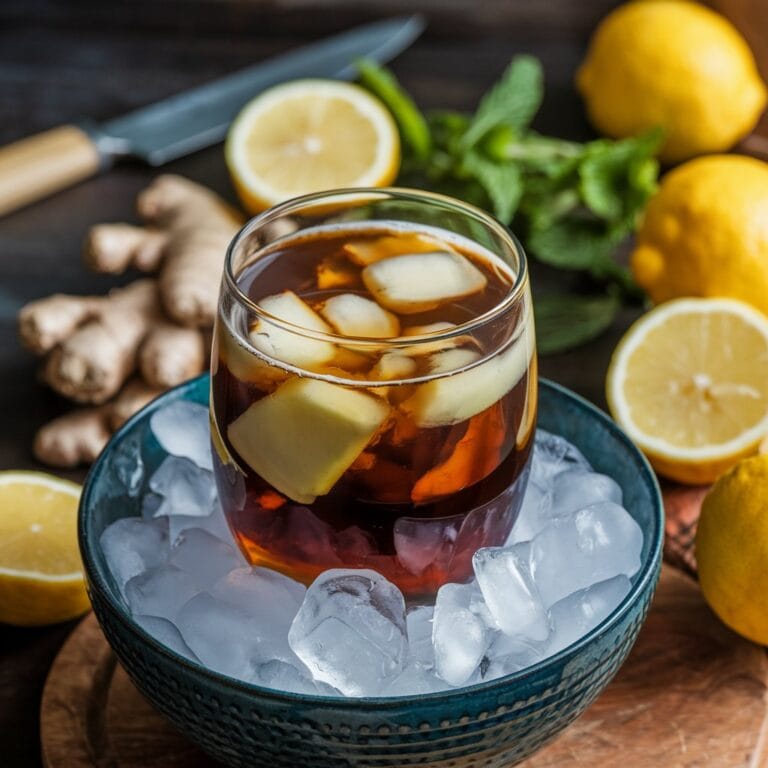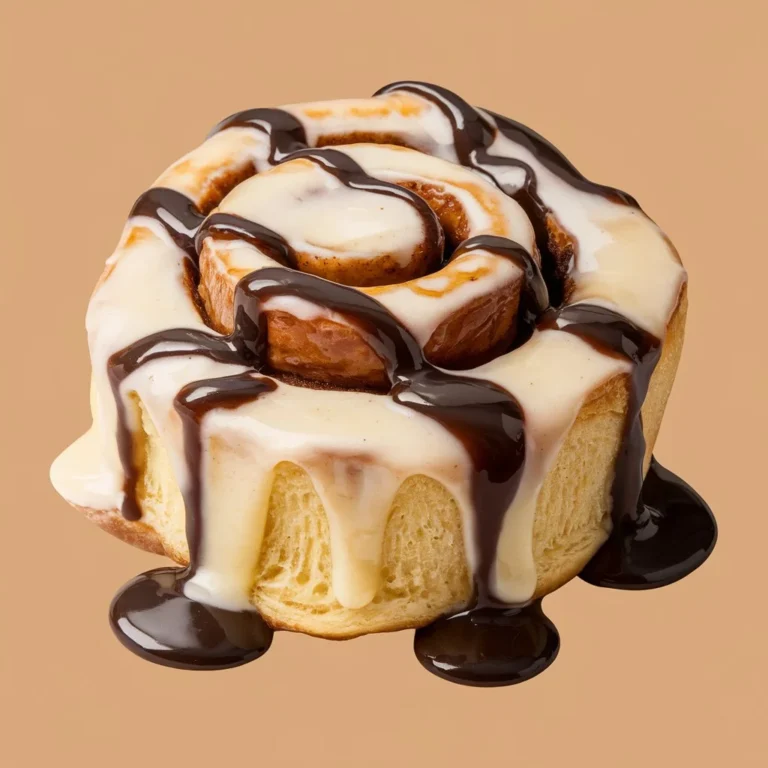Is Heavy Cream the Same as Heavy Whipping Cream?
Is Heavy Cream the Same as Heavy Whipping Cream?
If you’ve ever wondered whether heavy cream and heavy whipping cream are the same, you’re not alone. These two products are often used interchangeably in cooking and baking, but they aren’t identical. Understanding the distinctions between heavy cream can make a difference in the outcome of your dishes.
In this article, we’ll take an in-depth look at the differences, uses, nutritional content, and substitutions for both creams. We’ll also include internal links to related content on Aurelia Recipes for additional insights and recipes.
What is Heavy Cream?
contains at least 36% fat, making it one of the richest dairy products you can use in cooking and baking. The high-fat content gives it a luxurious texture, perfect for adding richness to soups, sauces, and desserts. Because of this, m whips into stiff peaks, making it ideal for frostings and whipped toppings.
Uses of Heavy Cream in Cooking and Baking
Chefs and home cooks alike rely on heavy cream for its versatility:
- Whipping: You can whip into firm peaks, which hold their shape better than other creams. This makes it ideal for decorating cakes, making frostings, or topping desserts.
- Sauces: thickens sauces and gives them a smooth, rich texture. It’s perfect for cream-based pasta sauces like Alfredo, as well as gravies and creamy soups.
- Baking: You can add heavy cream to batters for cakes, scones, and pastries to create a moist and tender crumb. The fat in the cream enriches the dough, resulting in a better texture.
- Beverages: For those who love rich coffee or creamy hot chocolate, adding heavy cream elevates the drink to a new level.
Why Choose Heavy Cream Over Other Creams?
The higher fat content in sets it apart from other cream products. You’ll want to choose heavy cream when making dishes that require a rich, thick consistency or where you need the cream to hold its shape, such as in whipped cream or sauces that won’t curdle.
If you want to see heavy cream in action, try this recipe for Cinnamon Rolls with Heavy Whipping Cream, where the cream ensures a soft and gooey texture that enhances the entire dessert.
How Heavy Cream is Made
Dairy processors make heavy cream by separating the fat from whole milk. During this process, the fat naturally rises to the top, which is then skimmed off to create heavy cream. What’s left becomes skim or low-fat milk.
To ensure safety, companies often pasteurize heavy cream, which extends its shelf life. Some producers go a step further with ultra-pasteurization, though this may slightly alter the cream’s flavor and whipping ability.
What is Heavy Whipping Cream?
Heavy whipping cream contains between 30% and 36% fat, which makes it lighter than. Although you can whip into peaks, they won’t hold their shape as well as would. You’ll want to use it for dishes where a lighter, airier texture is preferred.
Uses of Heavy Whipping Cream in Cooking and Baking
While has a lower fat content, it still provides excellent results in several culinary applications:
- Whipped Cream: Use to create a lighter whipped topping for pies, cakes, and ice cream.
- Desserts: You can use in delicate desserts such as mousse, custard, and panna cotta, where a soft texture is key.
- Soups and Sauces: adds a creamy texture to soups and sauces without being overly rich.
How to Use Heavy Whipping Cream for Baking
If your recipe calls for a light, fluffy texture, you’ll want to use heavy whipping cream. It creates soft peaks when whipped, making it ideal for desserts that need a delicate touch. The lower fat content results in a lighter texture, perfect for mousse or panna cotta.
For more tips on using heavy whipping cream in baked goods, check out this heavy whipping cream baking guide.
Key Differences Between Heavy Cream and Heavy Whipping Cream
Understanding the differences between him helps you choose the right product for your recipe.
1. Fat Content
- Heavy cream has at least 36% fat, making it thicker and richer.
- contains between 30% to 36% fat, giving it a lighter consistency.
The fat content directly impacts the cream’s ability to whip and its overall texture.
2. Whipping Ability
- forms firmer peaks that hold their shape longer, which is great for cake decorations and frosting.
- creates softer peaks, perfect for lighter whipped toppings or fillings.
3. Texture and Taste
- provides a richer, silkier texture in soups, sauces, and desserts.
- Heavy whipping cream delivers a lighter, airier consistency, which works well for desserts like mousse or as a topping.
4. Culinary Applications
- Whipping: Use when you need stiff peaks, such as for frosting or piping. Use when you want a soft, fluffy texture.
- Sauces and Soups: While both creams add richness, results in a thicker sauce, whereas yields a lighter finish.
- Baking: adds fat and moisture, making it the go-to for rich cakes and pastries. Use for recipes that require lightness.
For a more detailed explanation of how cream affects baked goods, refer to this guide on heavy cream in cakes.
Can You Use Heavy Cream and Heavy Whipping Cream Interchangeably?
You can often use interchangeably in recipes, but knowing when to choose one over the other can improve your results. Let’s explore when each cream performs best:
When to Use Heavy Cream
- Whipped Cream: You’ll want to use when you need firmer peaks that hold their shape longer.
- Rich Sauces and Soups: thickens sauces more than would.
- Baking: Use for recipes that call for rich, moist textures, like scones or thick cream-based sauces.
When to Use
- Light Desserts: works well in recipes like mousse or panna cotta, where a lighter, airy texture is ideal.
- Topping: For whipped that is soft and fluffy, is your best bet.
You can experiment with both creams depending on what the recipe requires. While the differences in fat content and stability may seem small, they can significantly impact your dish.
Nutritional Differences
While both heavy cream and heavy whipping cream are high in fat, there are slight differences in their nutritional content due to the difference in fat percentages.
Heavy Cream
- Calories: contains more calories because of its higher fat content. A tablespoon of has about 51 calories and 5.5 grams of fat.
- Vitamins: It’s a good source of fat-soluble vitamins like A and D, which benefit eye health, skin, and immunity.
Heavy Whipping Cream
- Calories: A tablespoon of contains around 45 calories and 4.5 grams of fat, making it a slightly lighter option.
- Vitamins: offers essential vitamins, though in slightly lower quantities due to its lower fat content.
Both creams are indulgent, so it’s important to use them in moderation. The richness of either can enhance a dish, allowing you to use less for the same flavor impact.
Substitutes for Heavy Cream and Heavy Whipping Cream
When you don’t have heavy cream or heavy whipping cream on hand, you can substitute them with other ingredients depending on your recipe:
1. Half-and-Half
- Fat Content: Half-and-half contains 12% fat, which makes it unsuitable for whipping, but it works in coffee, soups, or sauces when you need a lighter creaminess.
2. Light Cream
- Fat Content: Light cream has between 18% and 30% fat, making it lighter than but still a viable option for soups, sauces, or baking. However, it won’t whip well.
3. Plant-Based Alternatives
For those on a vegan diet or lactose-intolerant, you can use these alternatives:
- Coconut Cream: This thick, high-fat option whips well and works in both sweet and savory dishes.
- Cashew Cream: Blend soaked cashews with water to create a smooth cream substitute, which works well in soups and sauces.
4. Milk and Butter
If you need a substitute for , you can mix milk and melted butter. Combine 2/3 cup milk with 1/3 cup melted butter for each cup of cream required. This mixture won’t whip, but it works in most recipes that call for .
For a full guide on cream substitutes, check out this article on using heavy cream in baking.
How to Choose the Right Cream for Your Recipe
Choosing between heavy cream and heavy whipping cream depends on your recipe. Consider the texture, consistency, and fat content when selecting the cream. Here’s a quick guide:
- Use for firm whipped cream, frostings, and thicker sauces.
- Use for lighter desserts and soft whipped toppings.
- For soups and sauces, both work well, but will thicken more, giving a richer consistency.
Tips for Perfect Whipping
- Chill your cream: Cold whips faster and holds its shape better. You can also chill the mixing bowl and beaters for best results.
- Add stabilizers: If you need whipped to last longer, add a tablespoon of sugar or gelatin to the while whipping. This helps the hold its peaks.
For more tips on whipping cream, check out this detailed guide.
FAQs (Frequently Asked Questions)
Q: Can I whip heavy cream and heavy whipping cream the same way?
A: Yes, but produces firmer peaks, while forms softer peaks. Use heavy cream for decorating for lighter desserts.
Q: What happens if I use instead of recipe?
A: Your dish will be richer and denser with due to its higher fat content. This can enhance sauces and soups, making them creamier.
Q: Which cream is better for making whipped cream?
A: Heavy cream is better for creating whipped cream that holds firm peaks, ideal for decorating cakes. Heavy whipping cream is perfect for softer, airier toppings.
Q: Can I make heavy cream at home?
A: You can combine milk and butter to create a substitute for , but it won’t whip like real cream. Use it in soups and sauces that need creaminess.
Q: Is heavy whipping cream healthier than heavy cream?
A: has slightly fewer calories due to its lower fat content, but both should be used in moderation as they are high in fat.
Q: Can I freeze heavy cream or heavy whipping cream?
A: Yes, you can freeze both. However, they may separate when thawed, so whisk or shake well before using. Frozen cream is best for cooking rather than whipping.
Conclusion
Understanding the subtle differences between her can elevate your cooking and baking. Whether you need a thick, rich addition to sauces or a light, airy topping for desserts, choosing the right cream will ensure your dish turns out perfect.
Explore more related recipes and tips on Aurelia Recipes to enhance your cooking skills even further.


